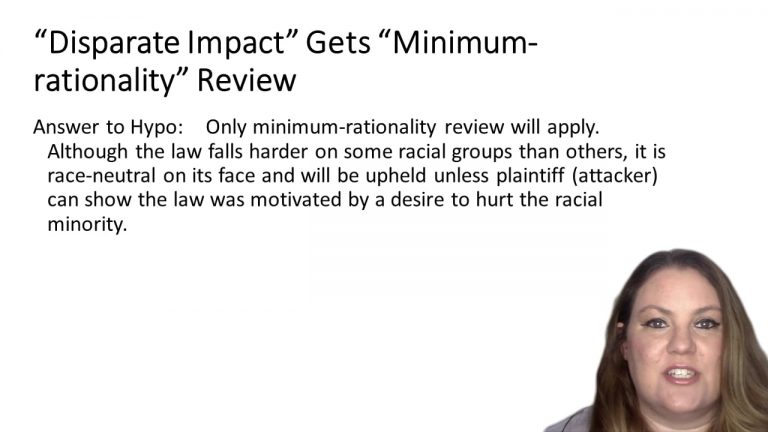SmartBrief
Confirm favorite deletion?
Property Keyed to Merrill
Flynn v. Holder
Citation:
684 F.3d 852Facts
The National Organ Transplant Act criminalizes compensation for organs, and classifies bone marrow as an organ. The plaintiffs are the parents of sick children and a corporation who seek to set up a program offering compensation geared at incentivizing minority and mixed race donors of blood marrow who are likely to have the rarest marrow type. Previously, blood marrow transplants were done by aspiration, a process requiring long thick needles be inserted into the cavities of a donor’s hip bones. This process was very painful, required hospitalization and general or local anesthesia, and involved serious risks. A new blood marrow transplant technique called peripheral blood stem cell apheresis is now used. This technique involves injecting a medicine that accelerates the growth of blood stem cells production in the marrow, causing more stem cells to go into the blood stream. Then, without the need of sedatives or anesthesia, a needle is inserted into the donor’s vein withdrawing blood. That blood is then filtered through an apheresis machine, the same type of machine used to extract plasma or platelets from blood donors, to extract blood stem cells. The plaintiffs argue, given this new method of blood marrow transplant, that the National Organ Transplant Act violates the Equal Protection Clause.
Only StudyBuddy Pro offers the complete Case Brief Anatomy*
Access the most important case brief elements for optimal case understanding.
*Case Brief Anatomy includes: Brief Prologue, Complete Case Brief, Brief Epilogue
- The Brief Prologue provides necessary case brief introductory information and includes:
Topic:
Identifies the topic of law and where this case fits within your course outline.Parties:
Identifies the cast of characters involved in the case.Procedural Posture & History:
Shares the case history with how lower courts have ruled on the matter.Case Key Terms, Acts, Doctrines, etc.:
A case specific Legal Term Dictionary.Case Doctrines, Acts, Statutes, Amendments and Treatises:
Identifies and Defines Legal Authority used in this case.
- The Case Brief is the complete case summarized and authored in the traditional Law School I.R.A.C. format. The Pro case brief includes:
Brief Facts:
A Synopsis of the Facts of the case.Rule of Law:
Identifies the Legal Principle the Court used in deciding the case.Facts:
What are the factual circumstances that gave rise to the civil or criminal case? What is the relationship of the Parties that are involved in the case.Issue(s):
Lists the Questions of Law that are raised by the Facts of the case.Holding:
Shares the Court's answer to the legal questions raised in the issue.Concurring / Dissenting Opinions:
Includes valuable concurring or dissenting opinions and their key points.Reasoning and Analysis:
Identifies the chain of argument(s) which led the judges to rule as they did.
- The Brief Prologue closes the case brief with important forward-looking discussion and includes:
Policy:
Identifies the Policy if any that has been established by the case.Court Direction:
Shares where the Court went from here for this case.
Topic Resources
Topic Outline
Topic Refresher Course

 5m 39s
5m 39s